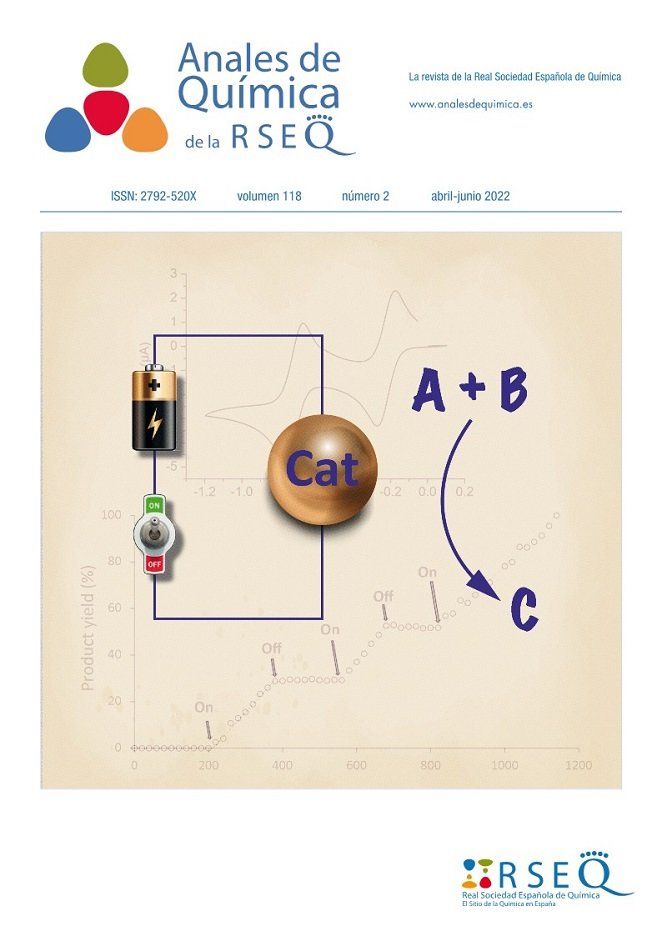Abstract
During the last decades, ligands bearing switchable features have emerged as an effective tool to modify the properties of the transition metal complexes upon introduction of a stimulus in the reaction media. In particular, complexes featuring redox-switchable ligands have the ability of changing the Lewis acidity of the complex upon oxidation/reduction, leaving the original steric properties. This feature is particularly interesting because it can be used to modulate the activity of molecular catalysts, and even to shed light into mechanistic aspects of selected catalytic reactions.



